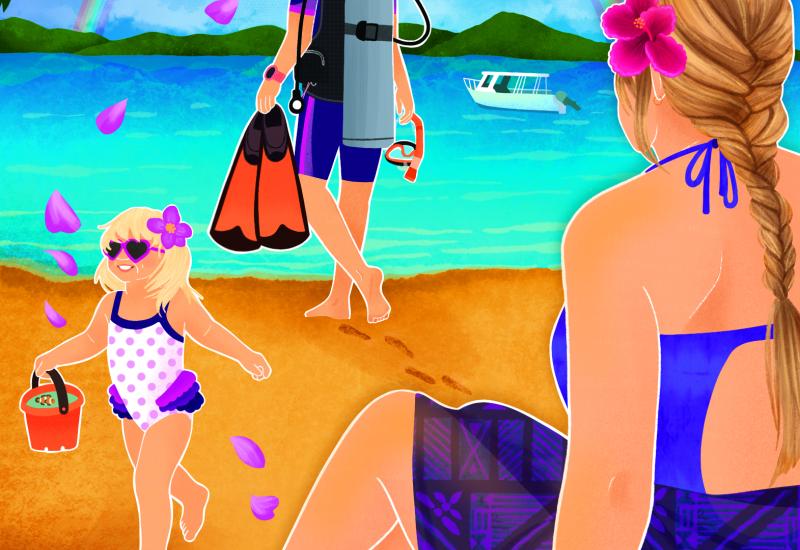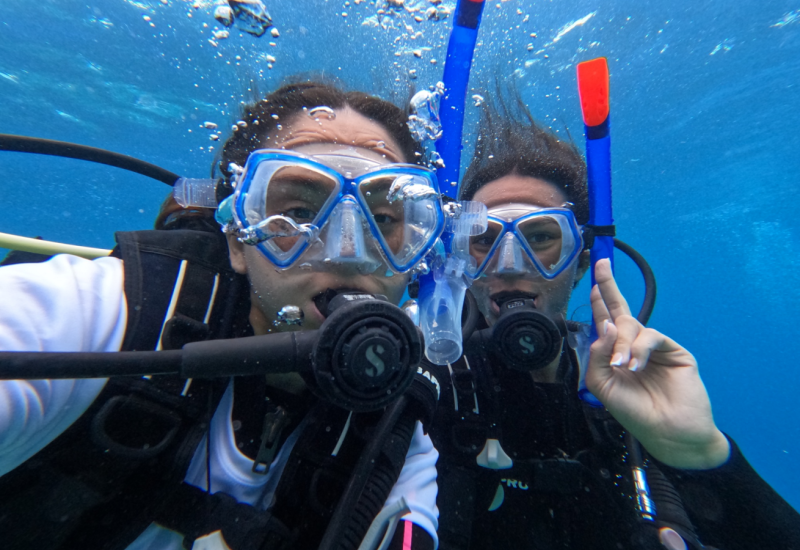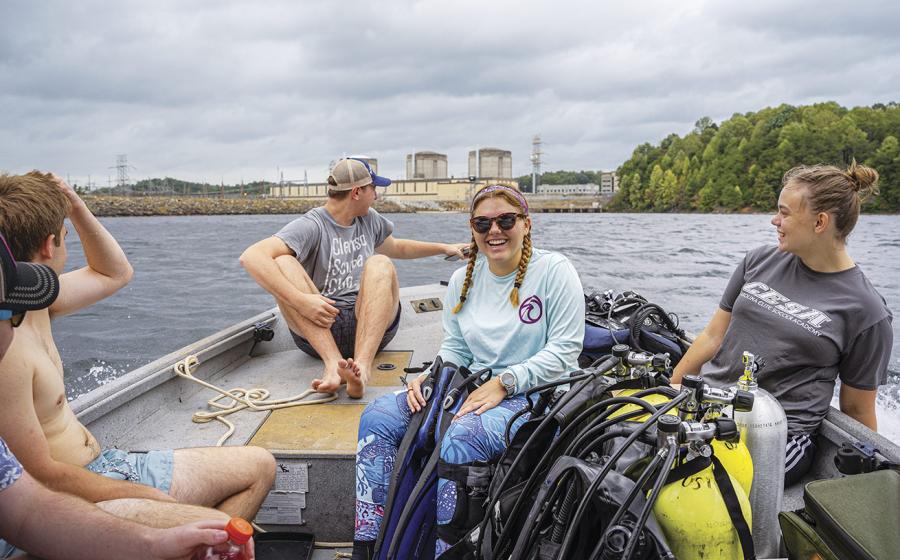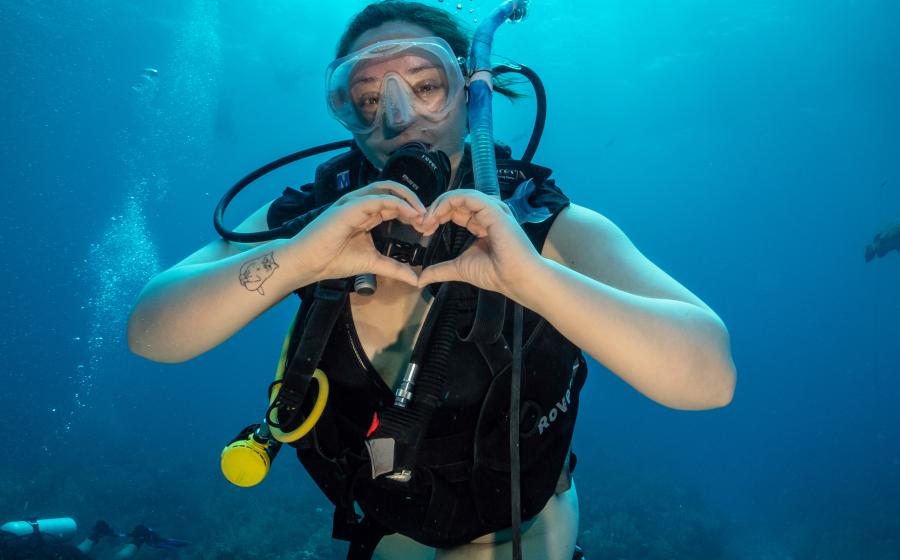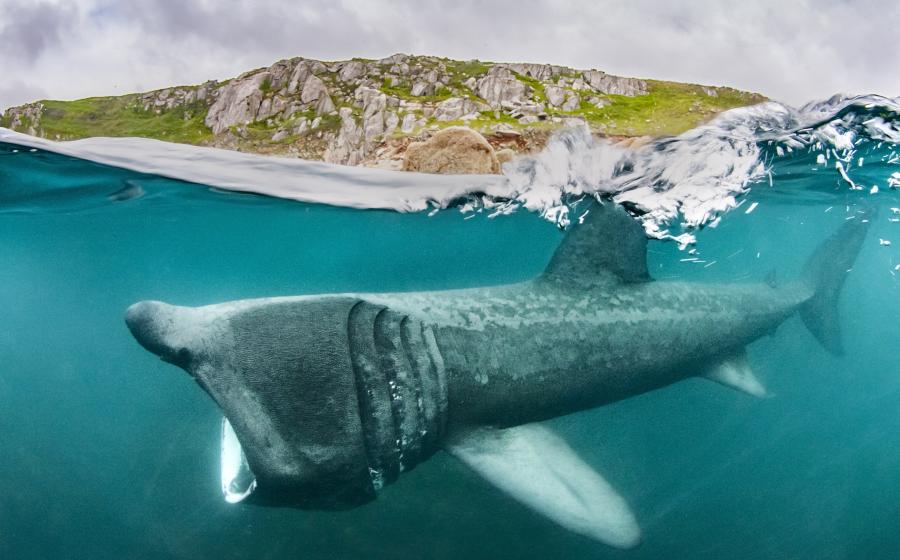Jessica Pate Awarded May Sea Hero for Manta Ray Conservation

Erin Oceane
Year Dive Certified: 2008
Dive Certification Level: Open Water Scuba Instructor
Expertise: Manta rays
Instagram: @floridamantagirl
Facebook: facebook.com/MMFAmericas
Website: marinemegafauna.org/americas/ florida-manta-project
After unexpectedly spotting manta rays in the shallow waters of South Florida, Jessica Pate combined her knowledge of sea turtle nesting fieldwork and leadership as a dive instructor to launch the Florida Manta Project in 2016.
In partnership with Marine Megafauna Foundation, Pate and her team have photo-IDed more than 230 mantas, conducted aerial surveys, deployed acoustic tags and spent more than 400 hours on the water studying this population in 2023 alone.
For bringing awareness to this species in the region, Jessica Pate is our May 2024 Sea Hero.
Q: What was it like to be part of ground-breaking research by publishing the first study of Florida’s manta rays?
A Publishing the study is one of my proudest achievements. When I first saw mantas from my ATV during sea turtle nesting surveys, I couldn’t believe nothing was known about them.
The only articles I found were 100-year-old accounts of manta fishing in Florida (see “Harpooning Devilfish” by Theodore Roosevelt) and one article about the occurrence of three mantas in the Indian River Lagoon from the 1990s.
Florida is a hub of marine research activity, and I couldn’t believe there was unstudied charismatic megafauna right under our noses.
Related Reading: Kym Larsen Awarded February Sea Hero for Work with Veterans

Courtesy Bethany AugliereJessica Pate dives down to remove a fishing hook from a friendly local manta affectionately named Stevie Nicks.
Q: How has your research impacted local communities?
A Conservation will never be successful without the input and support of local stakeholders. We are working closely with anglers in Florida to mitigate fishing impacts on mantas. This has included a study of shore-based anglers in South Florida—where it appears most mantas are becoming entangled accidentally in lines left out by anglers.
At our new study site in Central Florida, an entire fishery is dedicated to using manta rays to find and target cobia, a popular recreational fish. We are working closely with expert anglers and have developed a best-practices guide for minimizing impacts while fishing near manta rays.
Related Reading: Ocean Explorer Liz Taylor Named March Sea Hero
Q: How do you involve local schoolchildren in your work?
A One immediately obvious thing when starting the Florida Manta Project was that many Floridians weren’t aware of what a manta ray is. People often confused our research subject for manatees or stingrays. We thought a good way to address this issue would be to educate local schoolchildren about the manta rays in their backyards.
We developed interactive lesson plans that are easy to implement for teachers. Last year, the Florida Manta Project connected with over a thousand schoolchildren through classroom visits. I also wrote and published a children’s book, A Manta Ray’s Journey, based on a real Florida manta named Kevin who lost his fin in a boating accident and swims slower than other mantas.
The book follows Kevin through Florida’s marine habitats while he looks for feeding grounds. We are working to provide free copies of this book to Title 1 schools and students in Florida.
Each Sea Hero featured in Scuba Diving receives a Seiko SRPD43 watch valued at $525. For our December issue, judges select a Sea Hero of the Year, who receives a $5,000 cash award from Seiko to further their work. Nominate a sea hero at scubadiving.com/seaheroes.


